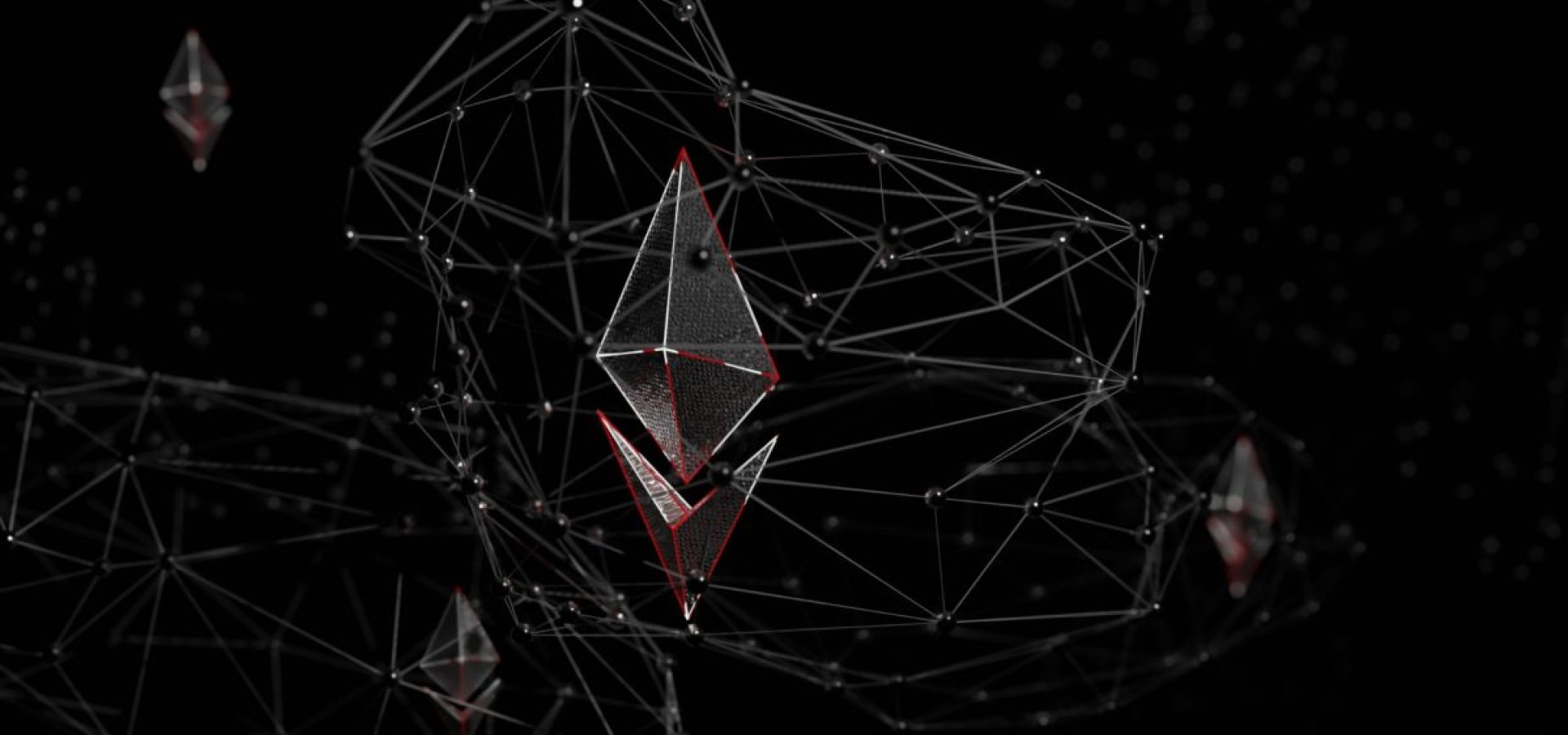Ethereum’s top rollup is Arbitrum. What Is Unique About It?
With more users, developers, and decentralized applications, Arbitrum is the best Ethereum optimistic rollup scaling option (dApps). Arbitrum is significantly quicker and more inexpensive than Ethereum. Supporting up to 60K transactions per second at an average cost of less than $0.50.
Right now, the L2 network with the highest TVL is Arbitrum One. The Arbitrum Portal provides a summary of the ecosystem of apps built on Arbitrum. Binance, Huobi, and Crypto.com are some of the first exchanges to create an on-ramp to Ethereum’s layer 2 by opening withdrawals to Arbitrum. Additionally, to offer its validation services, Arbitrum has joined forces with Chainlink nodes and oracles. This is advantageous because Chainlink. Which has already implemented in countless Ethereum L1 projects, will bring the same security and composability to L2. In terms of the total number of Chainlink price feeds across all blockchains, Arbitrum is among the top 5 protocols overall.
AVM (Arbitrum Virtual Machine) was initially utilized by Arbitrum to make it simple for developers to transfer their applications from Ethereum to Arbitrum. Since the Nitro update (see below), Arbitrum has switched to using Geth, the most well-liked and supported Ethereum client, in place of a custom-built EVM emulator. Geth open source software handles the fundamental execution and state maintenance functions.
Issues from the Past and Early Centralization
Despite how intriguing rollup technology is. It is still a relatively new technology with some inherent risks. A problem caused a big surge of transactions to overburden the system, resulting in downtime for about 45 minutes. In November 2021, Optimism (O) also experienced a brief outage (of one hour) during which its L2 transactions were suspended.
To gather and organize user transactions in a mempool before they are processed and posted to the DA layer. Rollups currently use sequencers. As the sequencer is typically centralized (one firm) in current rollup solutions, this raises a potential problem with the Maximum Extractable Value (MEV). Offchain Labs, which created Arbitrum, now manages its sequencer and serves as an example of the challenging path many rollups must take to achieve full decentralization. Decentralizing the sequencers is the current approach, which many rollups intend to implement despite the difficulties.
Users must have access to the bridge’s funds even if the L2 node is down. Being a validator for Arbitrum has not been entirely permissionless up until recently. Validators transfer fresh L2 state roots to the Ethereum mainnet. Due to the whitelist, nobody could publish L2 state roots. And users’ cash would thereafter be frozen if all validators were to fail. However, as of Q3 2022, the whitelist has been essentially eliminated.
In the new system, anyone can apply to be a validator and submit the transactions if validators do not submit fresh state roots within a week. For decentralizing the rollup chain, this is a significant step in the right direction.
Conclusion
There are still additional attack avenues, though. Attacks on ORs and their challenge period are possible in 51% of cases. In this case, the attacker would attempt to inject “bad” transaction data into the rollup. And would try to suppress any challenges made to it throughout the challenge period. The attacker’s ultimate goal is to degrade the rollup’s state. Also prevent anyone from contesting the submission.









COMMENTS